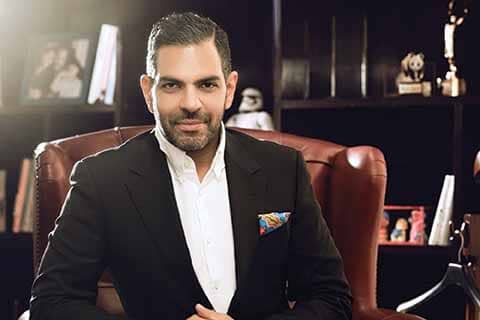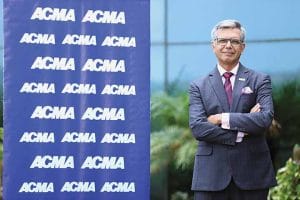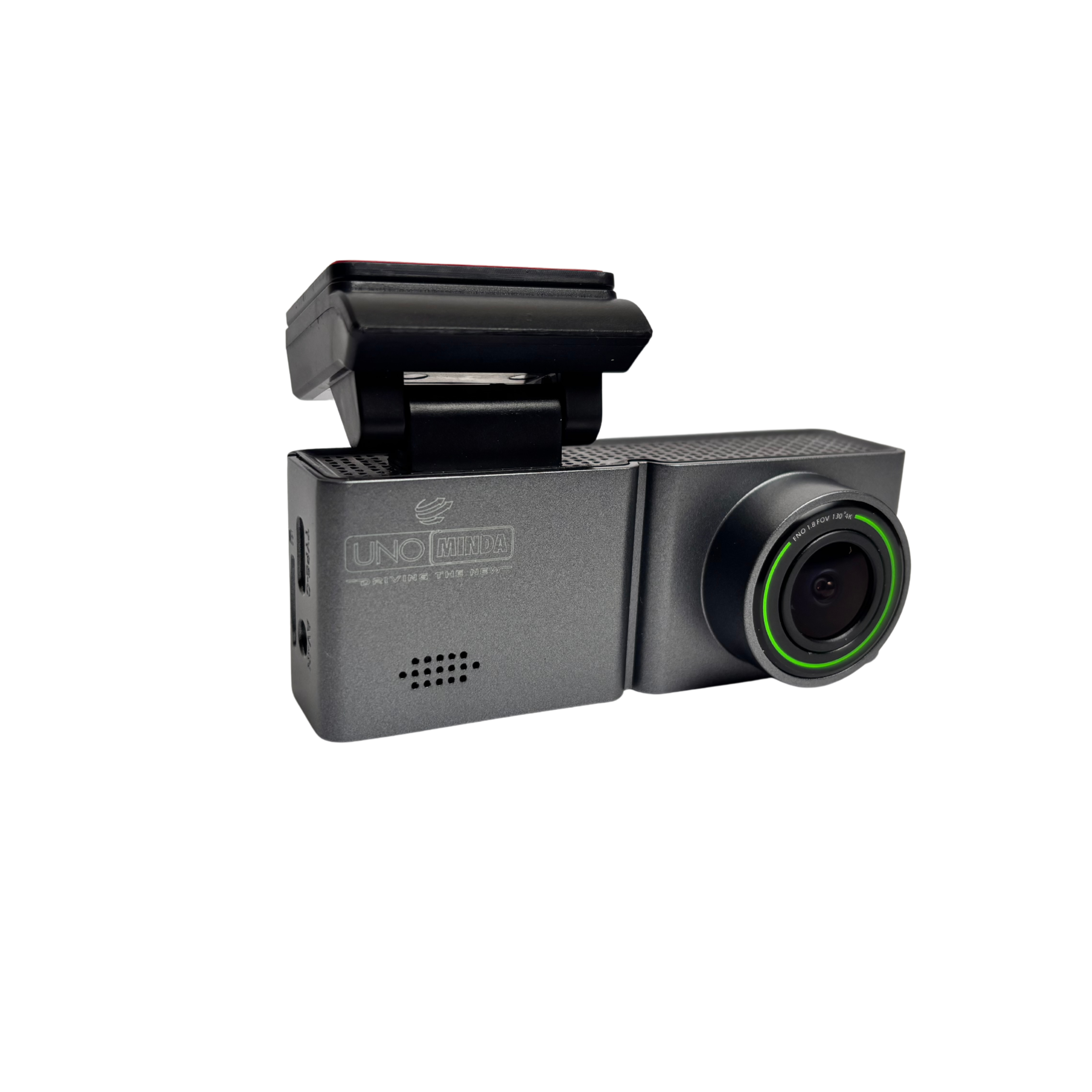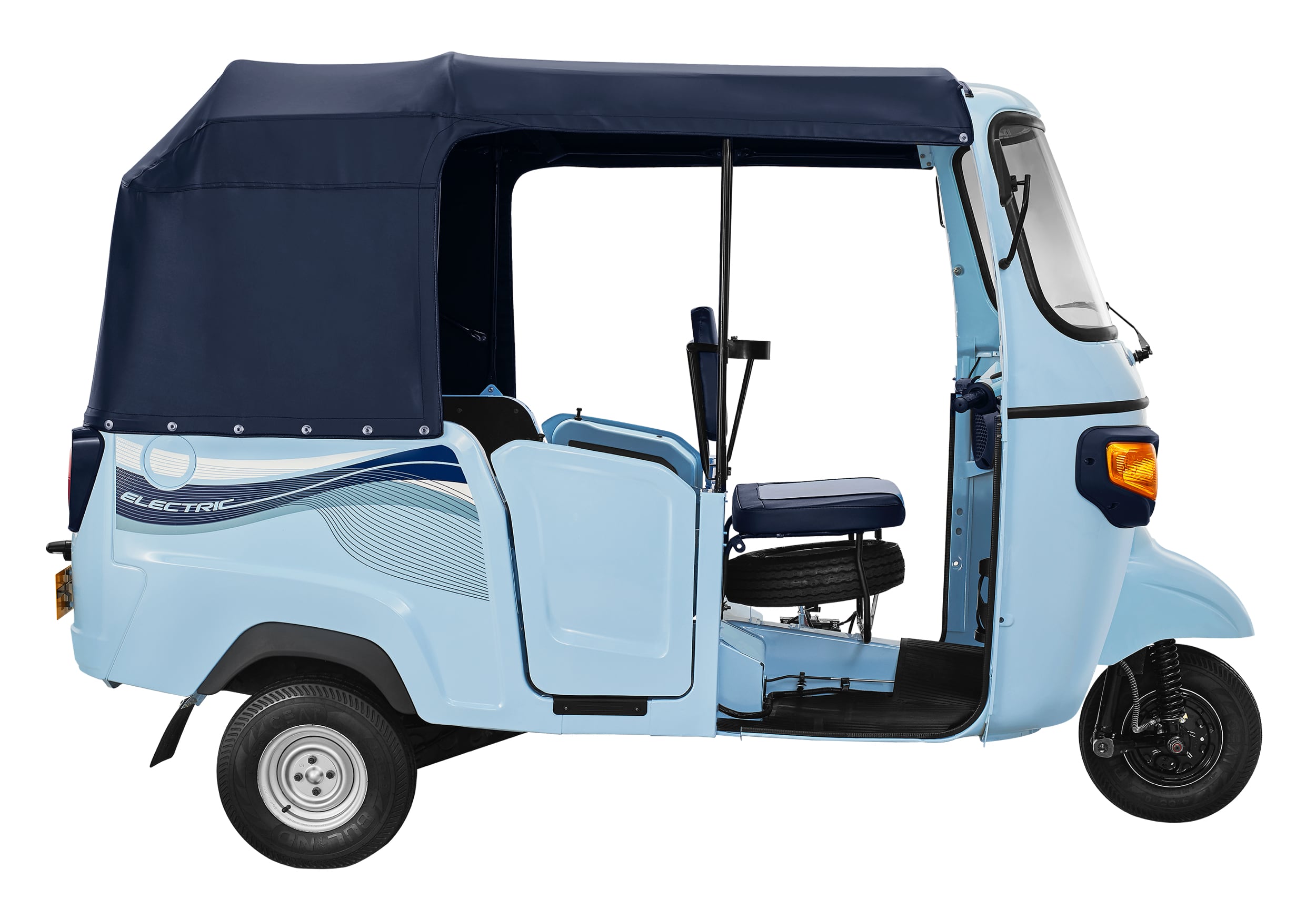In an upfront interaction with ACMA leadership, Sunjay Kapur and Vinnie Mehta discuss the current state of the supplier ecosystem with Sumesh Soman.
Q. Has the components industry recovered from the pandemic induced slump?
Sunjay. It has been almost two years since we had a physical event. So, this is a great opportunity for us to meet people physically again. The components industry has had a good run in the first half of the year. We have grown by 65 per cent in the domestic market; 76 per cent on the exports front and 25 per cent in the aftermarket segment.
Q. How are you faring in terms of the exposure to the commercial vehicle segment?
Sunjay. We have seen the commercial vehicle segment come back after a lot of pain and one must credit the structural changes in that industry, specifically with excellent norms, Goods and Services Tax (GST) implementation, capacity utilisation and so on. We still have several headwinds, as we are all aware the chip shortage, which continues globally has created an immense headwind for the industry as a whole.
Q. Coupled with supply-chain bottlenecks like the chip shortage, how have fuel price hikes and disruptions like Russia-Ukraine crisis, impacted business sentiment?
Sunjay. We have seen fuel price hikes owing to the nature of disruptions making it increasingly difficult to sustain a positive sentiment. Currently, Neon gas comes from Ukraine. However, chip manufacturers have a sufficient quantity of it at this point in time to my knowledge. Albeit, if this conflict continues, and I don’t think any of us know what the geopolitical outcome of a conflict like this will be, it will definitely cause further delays threatening to reverse the progress made in semiconductor supply chains. Logistics costs are also a reason for container shortages. However, you know, the industry is extremely resilient. Demand is strong, which is definitely a positive for all of us because we see it coming in from across the board.
Q. Have the effects of PLI scheme approvals started to trickle in?
Sunjay. 75 companies have been approved in the PLI scheme for auto components, of which 47 are ACMA members, and quite a few of them are joint venture partners outside that number. We are looking at a great opportunity for us to invest. The industry is positioned very well to invest in what we call the future technology. This does not necessarily mean only Electric Vehicles, though, we are seeing a big push towards electric vehicles globally. This also will encourage us to invest in technology so that we can look at deep localisation, something that is the need of the hour, given the geopolitical situation and the pain we saw during the pandemic. I feel that it’s a great opportunity for us to manufacture in India, given the government’s push with ‘Atmanirbhar Bharat’, ‘Make in India’ and all these other schemes that are encouraging the industry to continue to manufacture in India, and create a global hub for manufacturing. This is again, very encouraging from the government. There is also the FAME II and the PLI scheme outlay for batteries. All these schemes, coming together, evidently shows the government’s want to put money into benefits, to create what we call export champions and again, champions in engineering, research and development. The entire ‘Make in India’ scheme, for example, has also been positioned such that we can design it, in depth.
Q. What does the immediate foreseeable future look like then?
Sunjay. We are looking at very strong growth prospects for the future, given the fact that we will invest heavily in technology and the industry is extremely disruptive for drivers. When you look at what the industry disruption looks like, it is on fronts like Connectivity, Autonomous, Shared, and Electric, which we call CASE. We are moving more towards connectivity, towards telematics fields, which are opening up brand new fronts for component manufacturers to play in. Non-component players also, in fact, applied for the PLI scheme. Because again, there is a lot of opportunity to grow in the industry. Keeping up with global trends, we are seeing more electrification of vehicles. The low hanging fruit is, of course the two-wheeler industry, which will rapidly move towards electrification followed by passenger moving vehicles and buses too. We continuously feel that whilst the government is investing heavily in infrastructure, its is boosting the prospects of private sector investment in technology. And that’s really what is going to happen.
Q. Are future business models dependent on collaborations?
Sunjay. If you look at the tier1 segment of our industry, we started our lives with joint ventures with licence agreements, and very quickly, we were able to adapt or adopt that technology. Some of us have exhibited joint ventures and continue to build on the technology that we learned from our partnerships. And the tier2s and tier3s in the supply chain are now going to have to invest in technology, whether it be through a joint venture or licence agreements, or other methods of bringing technology to our country.
Q. Do you expect PLI to extend beyond the tier1s with an exposure to AAT?
Sunjay. When you look at the PLI scheme, whilst big companies have applied for it, the effect will trickle down even to the tier2s and tier3s in the supply chain. So it’s definitely going to be a benefit, especially with the government encouragement. If we are able to meet the targets that we have been given, the government is willing to put more money. The minimum investment is Rs.250 crore for a company. So if you look at this, the minimum investment multiplied by 75 companies, you are looking at close to Rs.18,000-19,000 crore of investment coming into the auto components industry. Of course, that will bring a lot of jobs and opportunities with it.
Q. How are suppliers dealing with the hike in essential commodity prices and availability?
Sunjay. There have been some structural changes, and therefore steel has gone up. Coke coal prices have gone up and steel continues to remain a challenge. We look to help customers as several customers have steel as a pass-through, so it has definitely helped. However, if the price keeps increasing, it is definitely going to put stress on the tier2s and tier3s in the supply chains. So we really need to address that issue, along with the OEMs. Fortunately, we have OEMs, that are very supportive, because the supply chain is extremely complex. So, we are working together. I think one of the things that came out of the pandemic was bringing the industry together and bringing, the industry in terms of ACMA and SIAM together as well. We are looking at local sourcing through a partnership with our clients. And just to add to the sourcing there are also a lot of International Purchase Offices (IPOs) working with ACMA to see how they can source from India. Again, the China one plus strategy and how we can really leverage it is the opportunity that came to us in the middle of an unprecedented crisis.
Q. What has been the key initiative towards localisation?
Sunjay. We worked on a new study. And what we find is that the overall ecosystem, the import of auto components is around USD 25 bn. And as an industry in the next five odd years, we should be able to localise at least 15-20 per cent of this report. So there’s a very significant opportunity there. And we believe now that the PLI is coming, you know, the localisation will be still faster. So what we are looking at achieving in five years probably could come forward by a year or two. But again, it is a tall order and we will definitely make the best of it.
Electronics is a big opportunity as well. As a country we import almost USD 250 mn dollars worth of electronics every year and bring industries together, automotive with electronics. These are opportunities that we can explore and leverage.
Q. What is the take on digital platforms increasingly accessible by component manufacturers in India?
Vinnie. The industry always knew that digitisation was the way forward and when the pandemic struck, those who were sitting on the fence came on board too. There is a huge initiative across the industry happening in terms of digitisation, I would say that there are so many companies that we engage with and we conduct free webinars for these companies, and then pick up a solution that suits them best. That apart, there is Centre of Excellence (CoE) at IIT Delhi, in Sonipat. We have set up a lab there. So, understand the texture of the industry, we have very Small and Medium Enterprises (SMEs) and they cannot all afford industry 4.0 solutions. So the solution that you will have to look at is a mix of mechanical electronics and pneumatic solutions. So what we do is, we have workstations or benches. There is a pneumatic station, there is an electromechanical station, there’s a mechanical station and an industry 4.0 station. We train personnel from the industry to come and learn how they can make their own custom solution to implement a solution for their plants. Because as a SME, you don’t have enough resources to hire a consultant to come and give them the advice. I think that’s a great service that we are offering.
Q. How is the industry aligning with pulls of emobility and reduction of mechanical components?
Sunjay. There is a drivetrain and a battery, that’s really the defining difference between an electric vehicle versus an ICE engine. So, a lot of components still exist. And then with the electrification comes a lot of new opportunities, whether it be the powertrain, or its battery space, or the connectivity space, or the infrastructure space, the entire ecosystem will bring about a lot of opportunities. We are moving from an automotive to a mobility industry, where fewer people may apply for driver’s licences, more people want to be mobile. So we’re going to have this opportunity to keep improving on mobility and how people move from place A to B, and therefore the opportunities are going to exist. So whilst an engine may not exist in an electric vehicle, there will be other components that new players could get into. Having said this, engines are not going to go away. So it’ll take a long time before we don’t see engines anymore. But then you have got alternative fuels, you have got flex-fuel. And depending on the technology, ICE engines will still exist in some shape or form. In terms of electric three-wheelers, I think when you want to do last-mile connectivity, when you want to move goods, etc, it’s apt to think electric. The flip side to that is we have got to go renewable in energy to go green at the source. And that’s where we see, with all that has been discussed at the COP26, the Prime Minister’s focus on the five-prong strategy to move towards renewable energy, and companies moving towards creating or generating renewable energy with green technology comes into play. ACI
We are moving from an automotive to a mobility industry, where fewer people may apply for driver’s licences, more people want to be mobile. So we’re going to have this opportunity to keep improving on mobility and how people move from point A to B, and therefore the opportunities are going to exist.















Leave a Reply